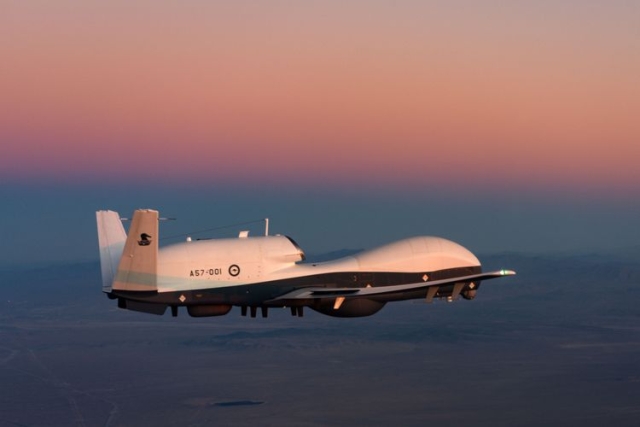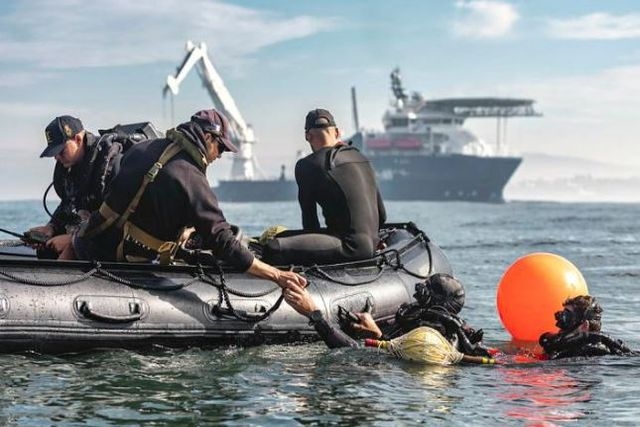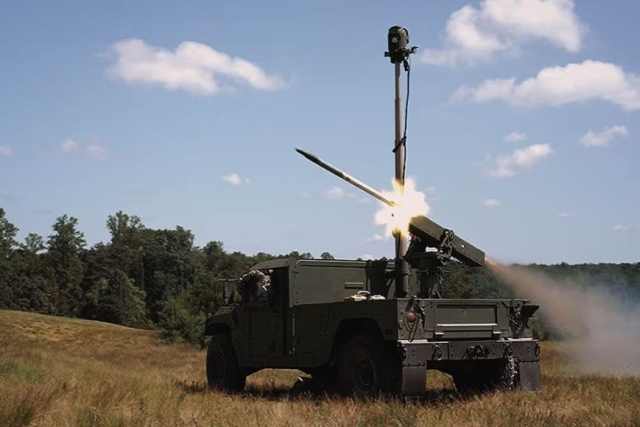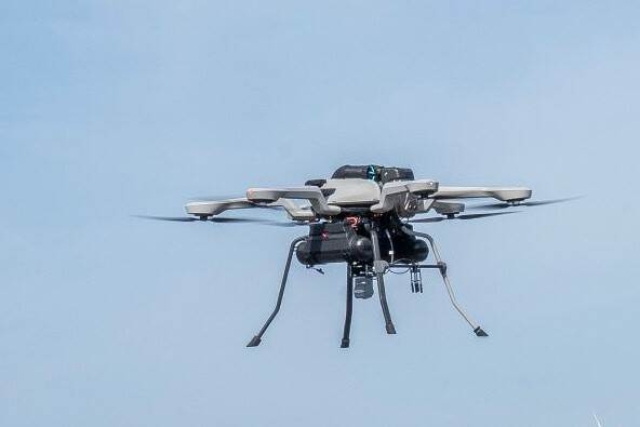Australia to Invest $80B Over Next Decade to Boost Navy Capability
It will inject billions into nuclear-powered subs, Collins-class modernization, MH-60Rs, autonomous maritime vehicles, & missiles such as Tomahawk, RIM-162 ESSM Block II, SM-2 and SM-6.
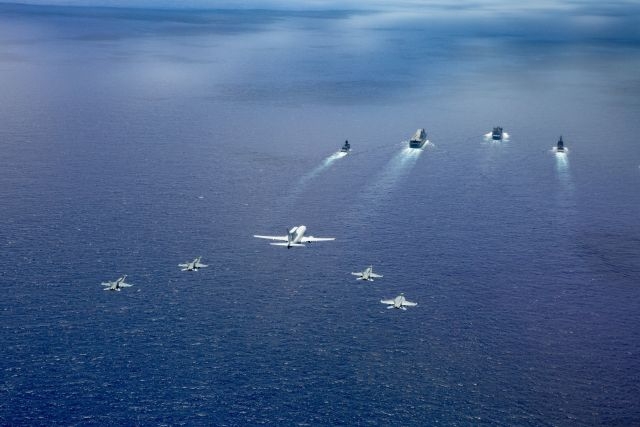
Australia plans to invest more than $80 billion to enhance its Navy with nuclear-powered submarines, upgraded subsea warfare capabilities, an expanded surface combatant fleet, and advanced missile systems over the next decade.
Canberra is earmarking between $53 billion and $63 billion over the next decade to fortify its Navy's capabilities, focusing on conventionally armed, nuclear-powered submarines, and associated infrastructure. This commitment, outlined in the newly unveiled 2024 Integrated Investment Program, aligns with the strategic priorities outlined in the National Defence Strategy. Significant investments in infrastructure in Western Australia through the mid-2030s will support the establishment of a sovereign Australian nuclear-powered submarine base.
Additionally, $4 billion to $5 billion will be allocated to modernize and sustain the current fleet of six Collins-class submarines, crucial for the transition to the new submarine fleet. In parallel, $5.2 billion to $7.2 billion will be directed towards enhancing subsea warfare capabilities, including autonomous maritime vehicles, in line with the AUKUS Pillar II Advanced Capabilities initiative. This includes developing large and extra-large uncrewed and autonomous underwater vehicles for stealth operations in high-risk environments, alongside the acquisition of Bluebottle uncrewed surface vessels for persistent maritime surveillance.
The maritime capabilities will receive an infusion of $51 billion to $69 billion, focusing on sea denial and localized sea control operations, with an expansion of the Navy's surface combatant fleet. Furthermore, $2.4 billion to $2.7 billion will facilitate the expansion of the MH-60R Romeo helicopter fleet to support the increased number of major vessels.
To enhance long-range strike capabilities, the Navy will acquire the Tomahawk weapon system from the United States, along with next-generation missiles such as the Evolved Sea Sparrow Missile Block II, SM-2, and SM-6 for various naval vessels including Hobart-class destroyers, Hunter-class frigates, and general-purpose frigates.
Moreover, maritime capabilities will benefit from a dedicated allocation of $12 billion to $15 billion for sea-based strike, $2 billion to $3 billion for electronic warfare enhancements, and $810 million to $910 million for maritime command systems. These investments aim to extend the Navy's ability to engage targets over longer distances, strengthening its capacity to counter adversary aircraft and missiles.
